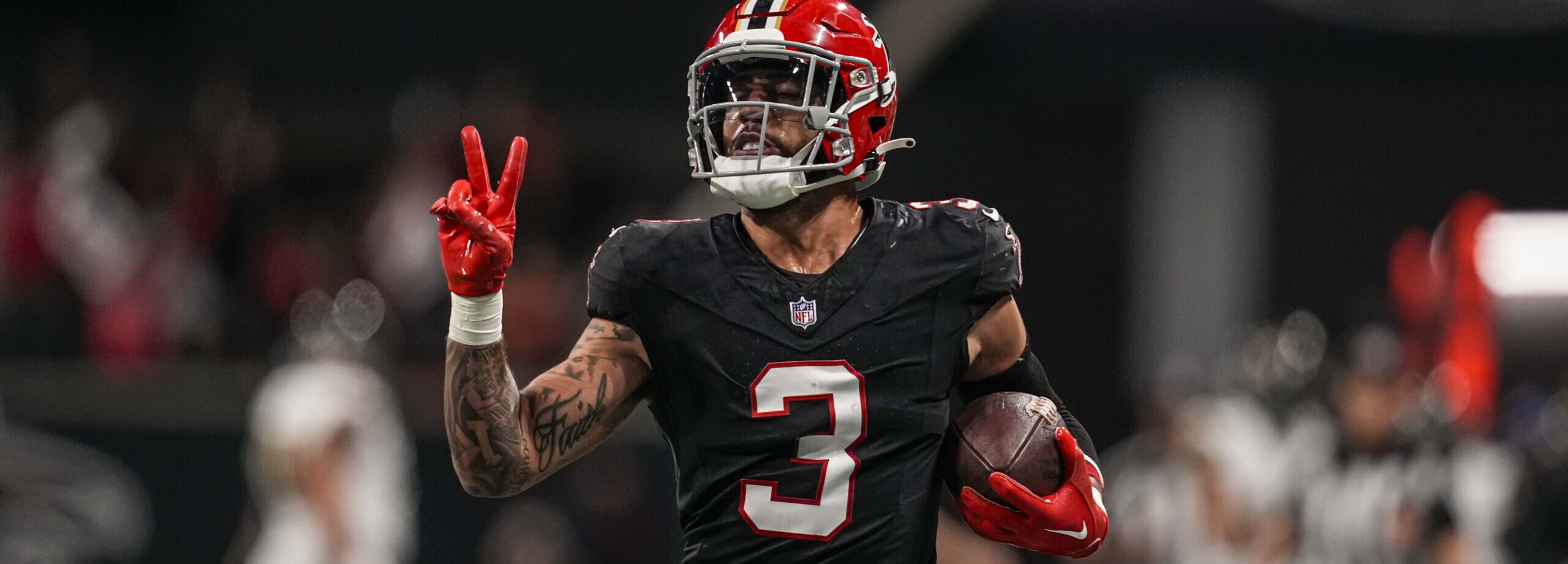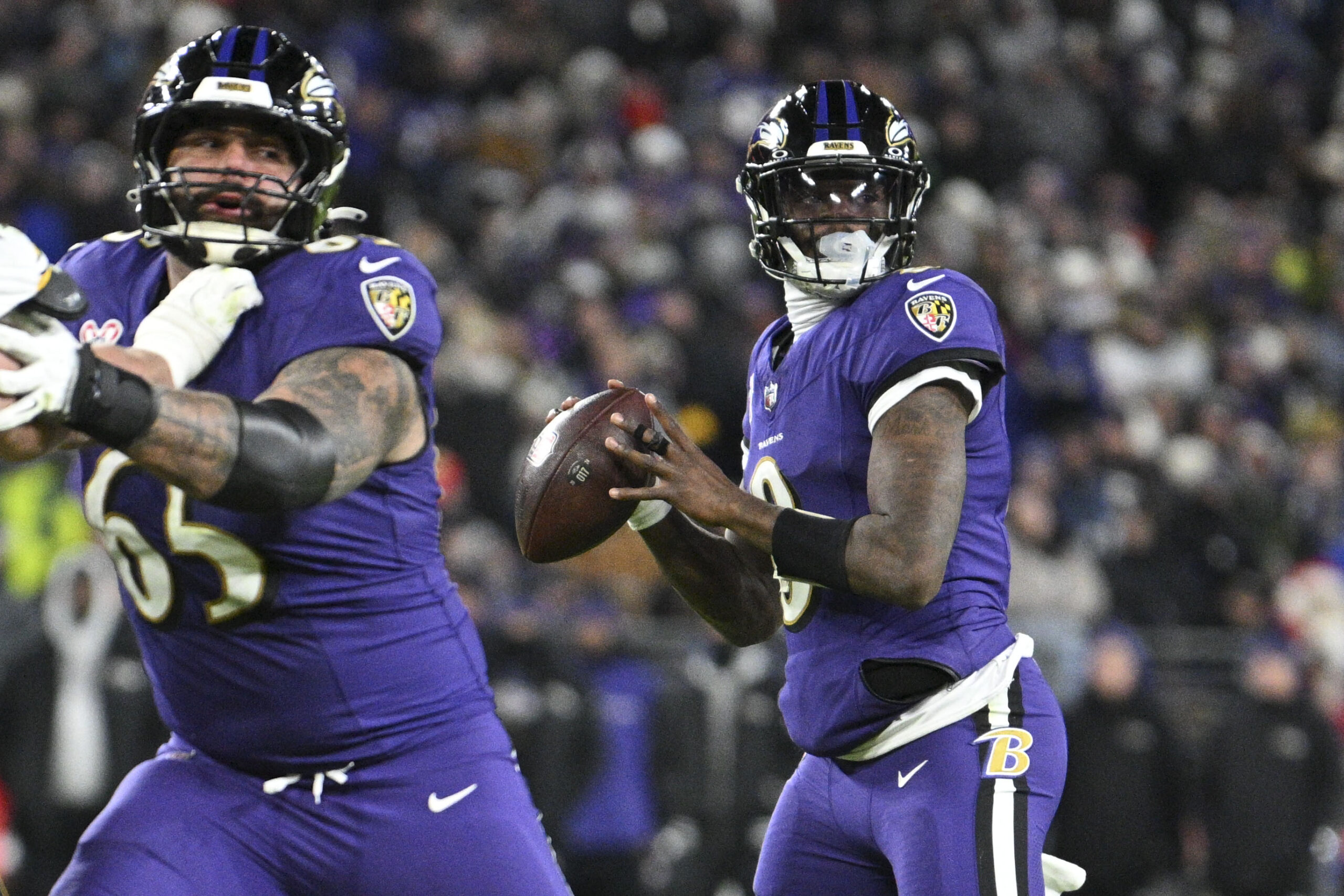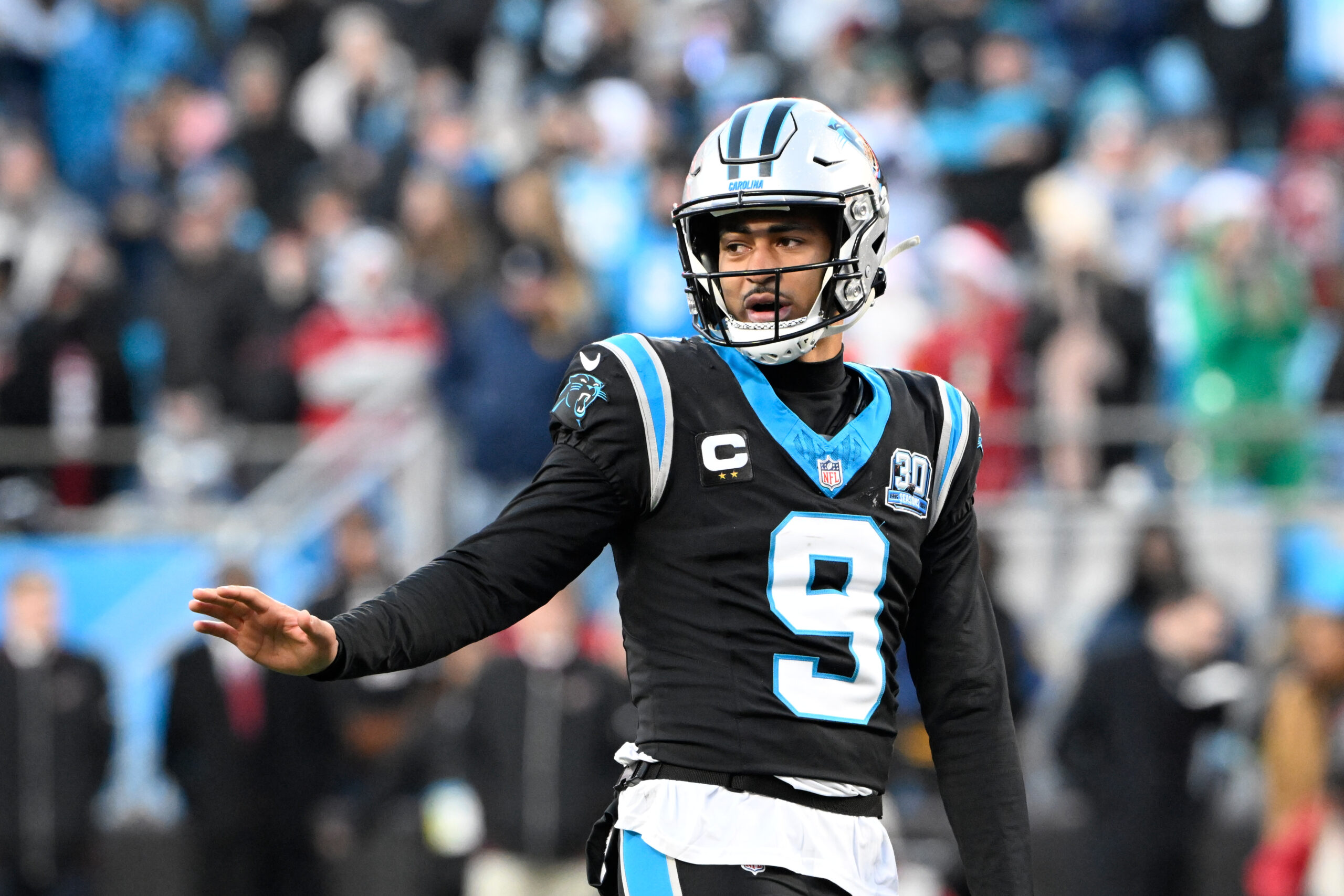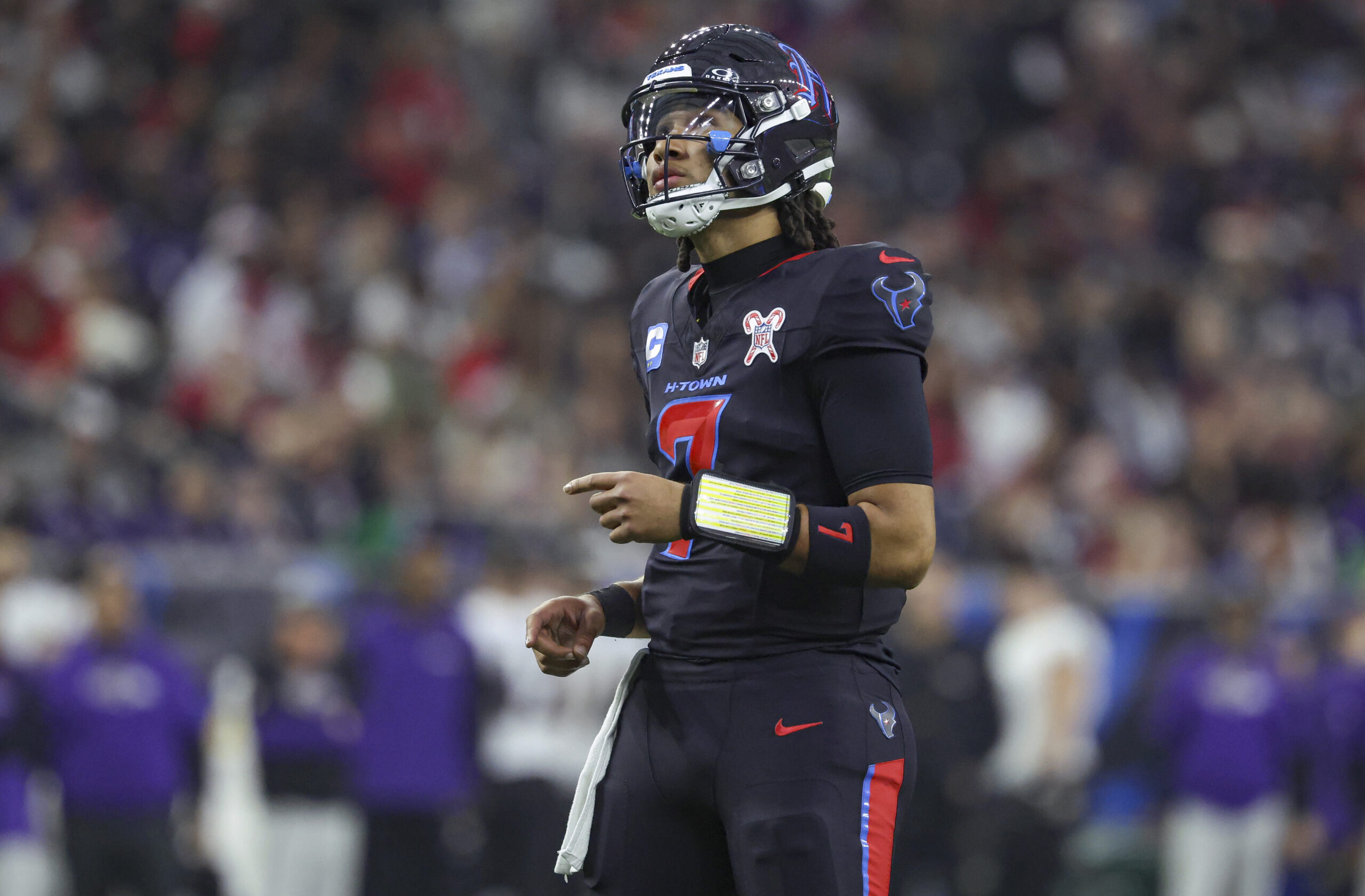Expert Analysis
February 21, 2024
12 min read
2024 NFL Free Agency: Lessons From a Former GM
Free agency is less than three weeks away, so it’s buyer beware time. NFL general managers are making their lists and checking them twice to determine whether potential free agent signings can benefit their teams or will prove to be a waste of valuable cash and salary cap space.
There were plenty of both last year. It creates heart palpitations for general managers who fear having to explain the rationale of an ill-fated signing to their owners.
I’ve always challenged people to give me five free agents who performed better with their new teams than they did for their old team. I came up with Reggie White from the Philadelphia Eagles to the Green Bay Packers in 1993. Another, perhaps, was Deion Sanders when he left the Atlanta Falcons for the San Francisco 49ers in 1994 and then for the Dallas Cowboys in 1995. He helped both of his new teams to Super Bowl victories.
Peyton Manning won a Super Bowl in Indianapolis and another in Denver, so that was a great signing in 2012 for the Broncos.
There have been plenty of other impact free agent signings, but too few home runs for the money expended. And there have been far too many free agent busts.
To GMs looking to make a splash in 2024 free agency, here’s some advice from a former GM who always trod warily into free agent waters and lived by the mantra of building through the draft and augmenting selectively in free agency.
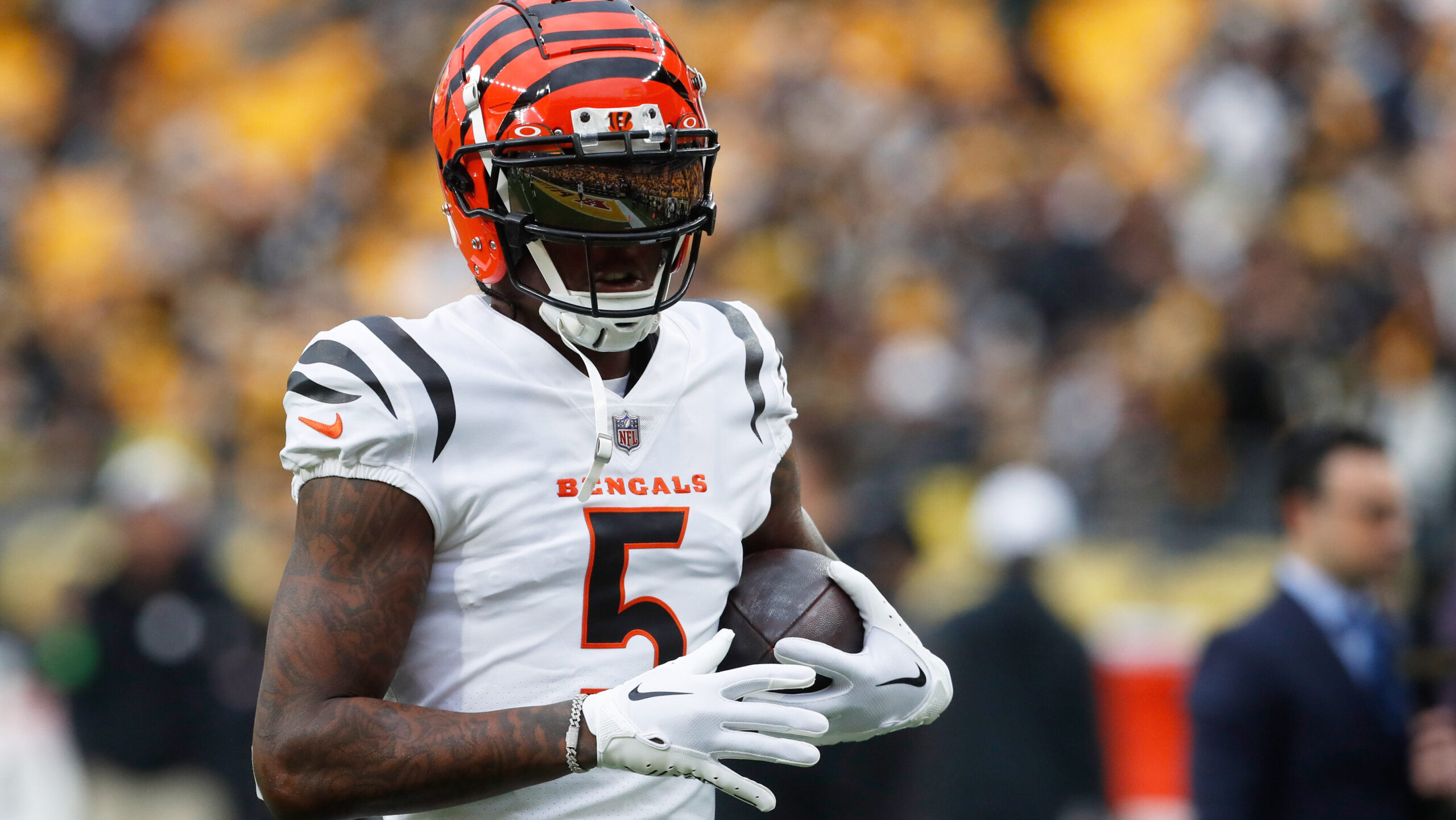
Lesson No. 1:
Sign players in their mid-20s who are coming out of their rookie contracts and rarely sign older players, except quarterbacks who have stayed mostly healthy.
The mid-20s players generally are hitting their prime and are less of an injury risk than older players, especially the 30-somethings.
2023 Positive Example
 Jessie Bates, Safety, Atlanta Falcons
Jessie Bates, Safety, Atlanta Falcons
A second-round pick of the Cincinnati Bengals, Jessie Bates played five years there (four under his rookie contract and one on the franchise tender). The Atlanta Falcons signed him at age 26 for four years and $64 million. He rewarded them in Year 1 with six interceptions, 11 passes defensed, three forced fumbles and 132 tackles. He was selected to the Pro Bowl and as a Second-Team All-Pro for his efforts.
2023 Negative Examples
 JuJu Smith-Schuster, WR, New England Patriots
JuJu Smith-Schuster, WR, New England Patriots
Juju Smith-Schuster signed with his third team in a seven-year career for three years and $25.5 million. He missed 12 games in 2021 with the Steelers and produced only 29 catches for 260 yards in 11 games last season.
Dalvin Cook, RB, New York Jets & Baltimore Ravens
A four-time, 1,000-yard back in Minnesota, Dalvin Cook was released by the Vikings last offseason in a salary cap move and signed by the New York Jets to a one-year, $7 million contract. He backed up Breece Hall and had an awful season with 214 rushing yards and no TDs with a career-low 3.2 yards per carry. He was released by the Jets after 15 games, landed in Baltimore (with eight carries for 23 yards in one playoff game) and is a pending free agent who turns 29 in August.
2023 Rare Exception to the Rule
 Bobby Wagner, LB, Seattle Seahawks
Bobby Wagner, LB, Seattle Seahawks
Bobby Wagner led the Seattle Seahawks — the league — with 183 tackles and made the Pro Bowl at 33 years old. He earned $6.25 million, including a Pro Bowl bonus, on a one-year deal.
Buyer Beware in 2024
 Tyler Boyd, WR, Cincinnati Bengals
Tyler Boyd, WR, Cincinnati Bengals
Tyler Boyd is not a top-two wide receiver in Cincinnati, but he caught 67 passes for 667 yards last season. He made $10.75 million per year on his previous contract and is 29. New Titans coach and former Bengals offensive coordinator Brian Callahan surely prefers Tee Higgins, but he’ll likely be franchised by the Bengals so Boyd could be his fallback choice.
 Derrick Henry, RB, Tennessee Titans
Derrick Henry, RB, Tennessee Titans
A four-time Pro Bowl back who rushed for 1,167 yards last season but with a career-low 4.2 yards per carry. Derrick Henry is 30 and coming off a $12.5 million-per-year contract in Tennessee.
>>READ MORE: Top Landing Spots for Derrick Henry
 Austin Ekeler, RB, Los Angeles Chargers
Austin Ekeler, RB, Los Angeles Chargers
Austin Ekeler turns 29 in May and his production slipped massively in 2023. In 2022, he generated 1,637 combined yards rushing and receiving with 18 TDs. That fell to 1,064 combined yards and six TDs last season. He made $6.1 million per year on his recently completed deal.
 Mike Evans, WR, Tampa Bay Buccaneers
Mike Evans, WR, Tampa Bay Buccaneers
A productive Pro Bowl receiver in Tampa Bay, Mike Evans is 30 and has played through soft tissue injuries. Can he continue to do that and produce 1,000-yard seasons?
>>READ MORE: Where Will Mike Evans Play in 2024?
 Chris Jones, iDL, Kansas City Chiefs
Chris Jones, iDL, Kansas City Chiefs
The All-Pro DT is the two-time defending Super Bowl champs’ best defensive player but he turns 30 in July and seeks a big raise from his $23 million last season. The Kansas City Chiefs likely will put the franchise tag on Chris Jones and try to negotiate a long-term deal but they need to avoid too long of a contract.
 Frank Clark, EDGE, Seattle Seahawks
Frank Clark, EDGE, Seattle Seahawks
Frank Clark is a 30-year-old who signed a one-year deal with Denver for $5.45 million, but he had no sacks in six games when he agreed to a pay cut and was released. The Seattle Seahawks picked him up but released him again late in the season. He has 58.5 career sacks from his earlier years in Seattle and Kansas City but he’s a risky signing after a lousy season.
Older Quarterbacks With Injuries
Aaron Rodgers suffered an Achilles injury and is 40, Kirk Cousins endured the same injury at 35, and Ryan Tannehill, also 35, has a lengthy injury history. The Jets traded for Rodgers, but the other two’s injuries cast uncertainty on the position in this year’s free agent class. At least Cousins had never missed a start due to injury until last season.
Free Agent Trade Targets
Another option for teams is trading for players coming off their rookie deals. Several on this list likely will receive the franchise tag and should be signed long-term. This includes WR Tee Higgins, WR Michael Pittman, EDGE Josh Allen, EDGE Brian Burns, DT Justin Madubuike, LB Patrick Queen, DT Christian Wilkins, CB Jaylon Johnson, CB L’Jarius Sneed and S Antoine Winfield Jr.
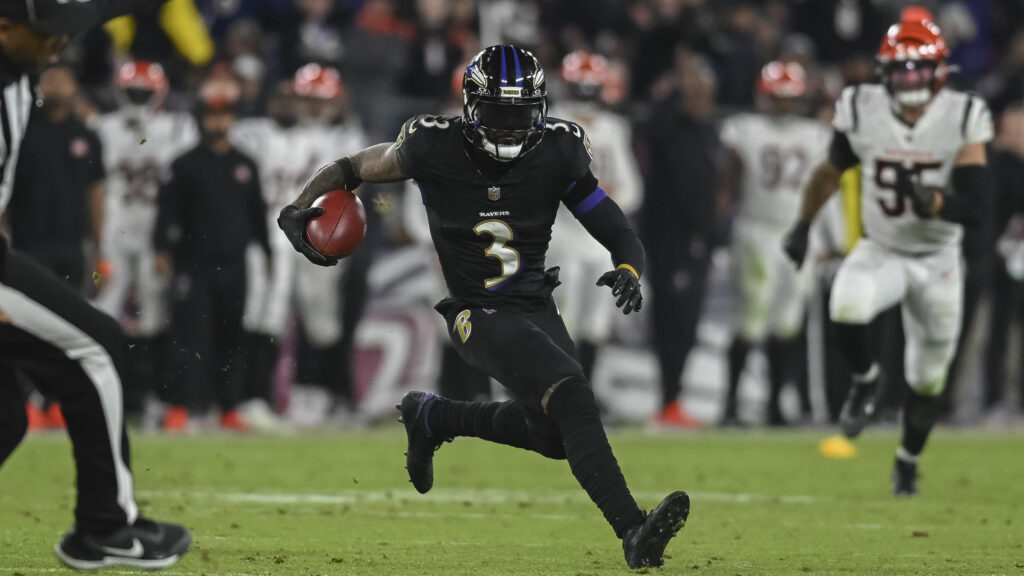
Lesson No. 2:
Don’t sign free agents who have a significant injury history to lucrative deals.
2023 Best Examples
 Odell Beckham Jr., WR, Baltimore Ravens
Odell Beckham Jr., WR, Baltimore Ravens
Odell Beckham Jr. turned 31 in November after the Baltimore Ravens signed him for one year at $15 million. This came after he missed the entire 2022 season recovering from an ACL injury. Beckham also had a significant prior injury history. As a result, he started six games and played in 14 games with 35 catches for 565 yards and three TDs, then added only four catches for 34 yards in two playoff games.
 Jimmy Garoppolo, QB, Las Vegas Raiders
Jimmy Garoppolo, QB, Las Vegas Raiders
The Las Vegas Raiders will release the 32-year-old soon to avoid paying an $11.25 million roster bonus on March 17. Jimmy Garoppolo was often injured in San Francisco, including a season-ending foot injury in 2022. The Raiders signed him to a three-year, $72.75 million contract last offseason and paid him $24.25 million in 2023. He suffered a concussion in Week 3 and after returning, he was benched in mid-season after nine interceptions in six starts.
 Marcus Davenport, EDGE, Minnesota Vikings
Marcus Davenport, EDGE, Minnesota Vikings
Marcus Davenport was signed by the Vikings to a one-year, $13 million contract and played in only four games due to an ankle injury. He missed 14 games over the previous three seasons in New Orleans and has never played a complete season.
 Andre Dillard, OT, Tennessee Titans
Andre Dillard, OT, Tennessee Titans
Andre Dillard was a backup with a significant injury history as a first-round bust in Philadelphia but the Tennessee Titans signed him last offseason for a surprising $29 million over three years. He allowed a league-high 12 sacks last season and was benched. He carries a potential $7.8 million dead cap hit if he’s released.
Buyer Beware in 2024
Many others fall into this category besides Garoppolo, once the Raiders release him, and Davenport. Garoppolo also has a two-game PED suspension to start the 2024 season.
 Danielle Hunter, EDGE, Minnesota Vikings
Danielle Hunter, EDGE, Minnesota Vikings
The 29-year-old Minnesota Vikings Pro Bowler is seeking a $25 million plus per year deal coming off 16.5 sacks and a league-high 23 tackles-for-loss. However, Danielle Hunter missed the entire 2020 season because of a neck injury and had a pec tear that cost him the last 10 games in 2021.
 D’Andre Swift, RB, Philadelphia Eagles
D’Andre Swift, RB, Philadelphia Eagles
D’Andre Swift missed 11 games in his first three seasons in Detroit before gaining 1,049 yards with the Philadelphia Eagles last season in the final year of his rookie contract. Factor in that he played behind one of the best offensive lines in the league. Miles Sanders should serve as a case study. Sanders’ production dropped from 1,269 rushing yards and 11 TDs at Philadelphia in 2022 to 432 rushing yards and one TD with lowly Carolina in 2023.
 Tyron Smith, OT, Dallas Cowboys
Tyron Smith, OT, Dallas Cowboys
Tyron Smith is 33 after finishing his eight-year, $98 million contract with the Dallas Cowboys. He’s an eight-time Pro Bowl OT who has had many injuries. He has not played a full season since 2015 and missed 38 games over the past four seasons.
One Notable Exception
I went against this injury-aversion rule and it luckily worked out in 1998 when I signed our top running back on the Vikings — Robert Smith — to a five-year, $25 million deal. I faced an offer sheet after putting the transition tag on Smith. He had two ACL tears early in his career, but Smith produced a Pro Bowl season for our 15-1 team in 1998 and continued to play at a high level. However, I sweated that one out and did not take a similar risk in the future on a free agent with an injury history unless it was a minimum-salary signing.
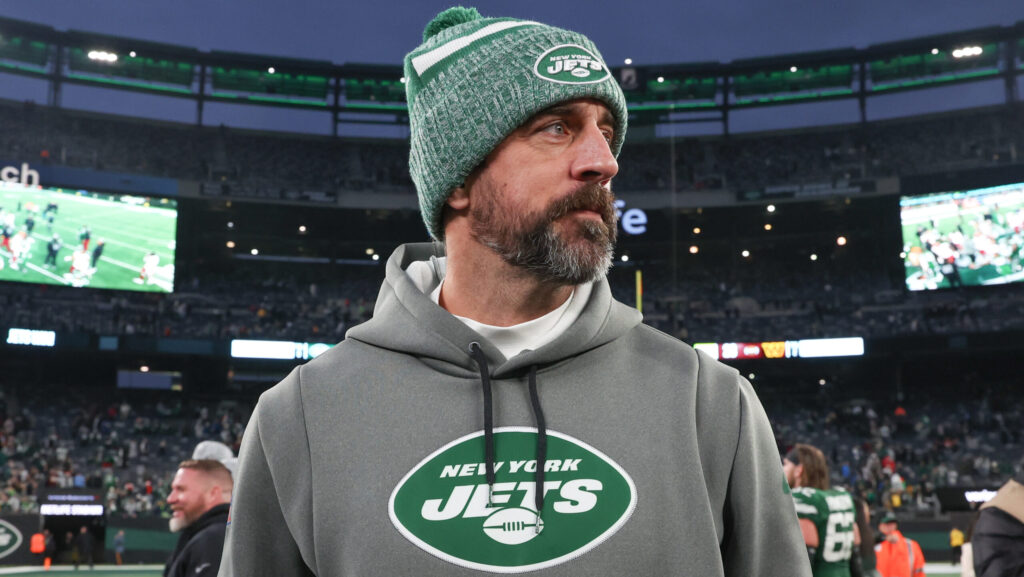
Lesson No. 3:
Don’t let current players talk you into signing their former teammates unless it’s a good deal and the right fit.
2023 Best Examples
New Jets QB Rodgers lobbied for GM Joe Douglas to sign two ex-Packers wide receivers — Randall Cobb and Allen Lazard — with disastrous results. Cobb, 33, produced only five catches for 39 yards in the 11 games he played under his one-year, $3 million contract.
More damaging to the Jets’ cap was Lazard’s four-year, $44 million deal that carries a cap hit of $12.2 million and dead money hit of $18.7 million in the unlikely event he’s released in 2024. That’s not a good return on investment so far for a player who had only 23 receptions for 311 yards in 14 games. Lazard never topped 800 receiving yards in his first five seasons in Green Bay with Rodgers and had battled injuries.
2024 Buyer Beware
Memo to Douglas and the Jets — don’t let Rodgers talk you into signing 32-year-old former Pro Bowl offensive tackle David Bakhtiari when the Packers release him before March 15 to avoid paying a $9.5 million roster bonus and to save $21 million under the cap.
Bakhtiari is a five-time All-Pro (but not since 2020) who has played in only 13 games over the past three seasons due to severe knee problems. His contract averages $23 million per year, and if he continues to play, it will be for a lot less in an incentive-laden deal. But the Jets are advised to not listen this time if Rodgers pushes for another old buddy.
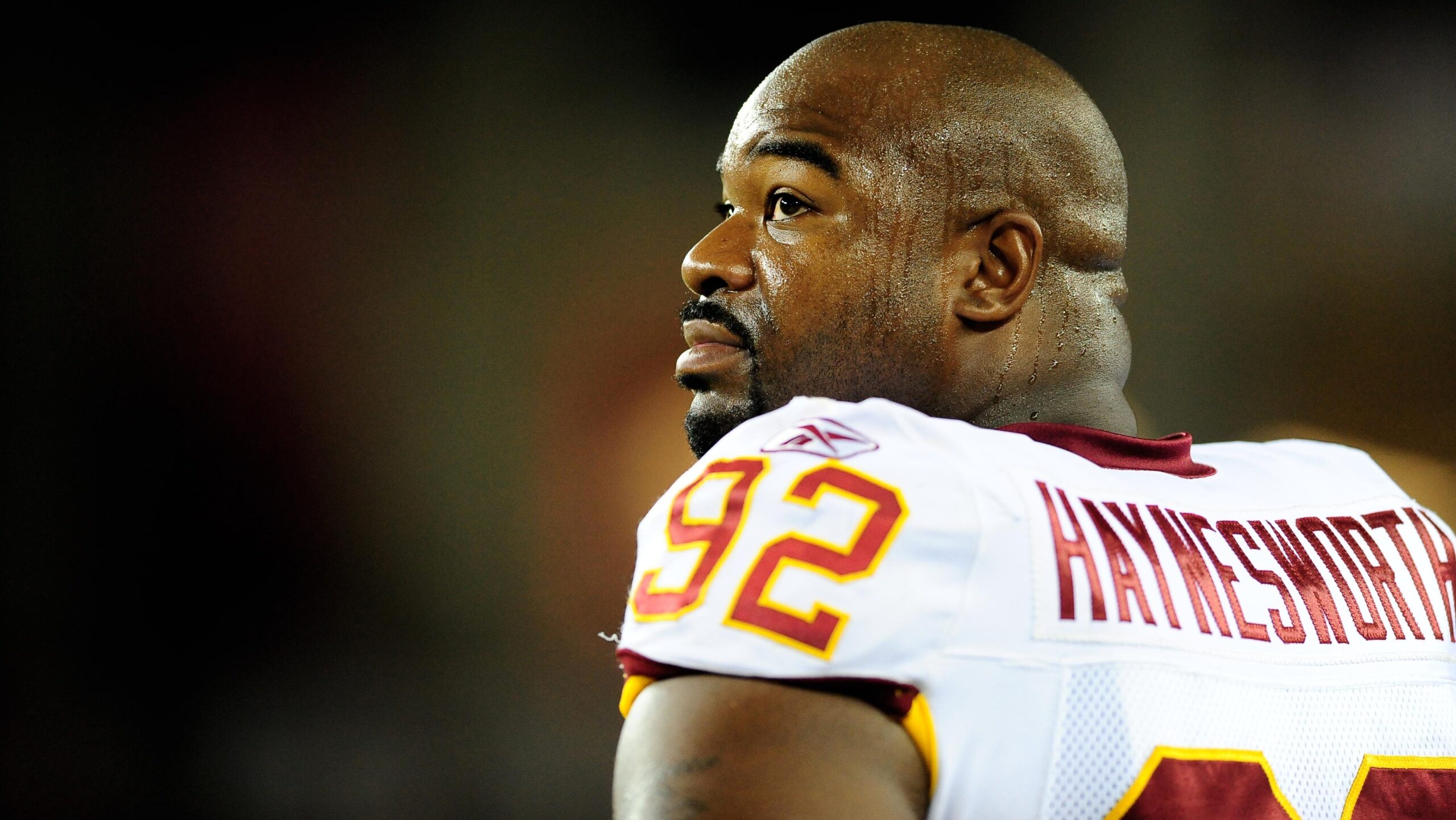
Lesson No. 4:
Make sure the potential free agent signee fits your system.
Prime Historic Example: Albert Haynesworth, DT
Albert Haynesworth was a two-time First-Team All-Pro and Pro Bowl defensive tackle in Tennessee who we drafted in the first round in 2002. Washington signed him as a free agent in 2009 on a seven-year, $100 million deal. Former owner Daniel Snyder pushed hard to sign Haynesworth, one of the many big-ticket free agents who cost the team due to Snyder’s ill-advised involvement in the process.
Haynesworth had been a 4-3 defensive tackle with the Titans but became a 3-4 nose tackle in Washington. He didn’t like the scheme because he faced constant double teams, and he did not play close to his previous level. He made $41 million during the two years he lasted in Washington before New England traded for him in 2011. The Patriots waived him after eight games. Tampa Bay picked him up but his career was over seven games later at 30.
I always felt the best strategy in roster building was to draft well and extend the contracts of our top potential free agents before they hit the market. That is what I did with Hall of Fame receiver Cris Carter in Minnesota and two Pro Bowlers in Tennessee — quarterback Steve McNair and running back Eddie George. I tried to convince the player and his agent that it was in his best interest to be extended to avoid a potentially significant injury in the last year of his deal that would negatively impact his market value.
I knew all it took was one team out of 32 to overpay our player in free agency or make it too difficult for me to match the offer under a tight salary cap. Once a player hits the open market, they can be wooed in the recruiting process by a new city or a former coach working for the new team.
George Costanza once said in a Seinfeld episode that he put on his resume to the Yankees he was an expert in Risk Management. There are quite a few NFL teams who need to hire him because free agency is all about risk management.
